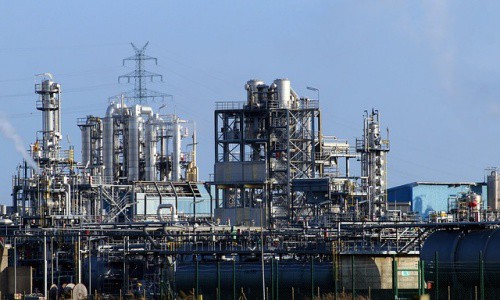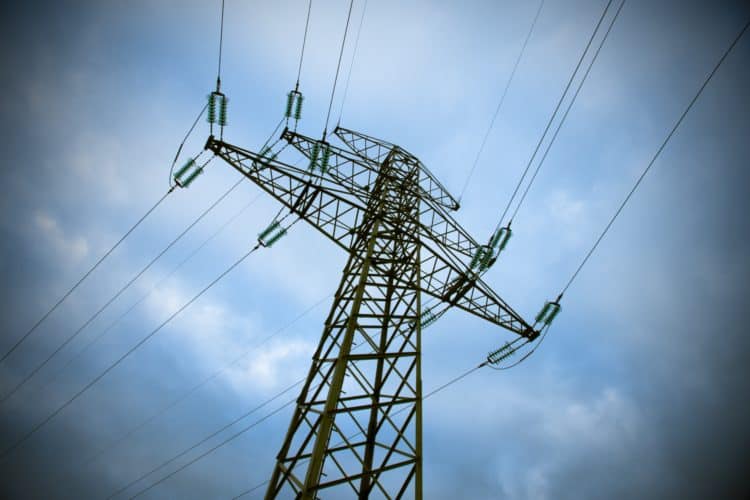Companies across industry sectors are planning to spend an average of US$2million on IoT investment through 2024 – indicating that IoT has reached a new level of maturity, according to a research recently by Inmarsat, global mobile satellite communications provider.
Businesses plan to spend 10% of their IT budgets on IoT projects over the next three years, a three percent increase over the average 7% previously allocated between 2017 and 2020. Planned investments in IoT are notably higher than those earmarked for other Industry 4.0 technologies, including cloud computing (9.0%), next generation security (7.5%), big data analytics (7.3%), robotics (5.3%), machine learning (4.8%) and virtual reality (4.3%).

There are, however, noticeable variations in the planned levels of IoT investments between different industry sectors. Oil and gas firms intend to invest the most in IoT over the next three years (an average of $3.2 million), followed by electrical utilities companies (US$3.1 million), transport and logistics businesses (£3 million), mining operators ($2.7 million) and, finally, agricultural businesses ($2 million).
“Our latest research reveals IoT is now the primary Industry 4.0 technology in which companies are investing over the next three years. The emergence of IoT as an investment priority for businesses, and the increasing level of cost-savings they expect IoT to deliver in the years ahead, demonstrates how well-established a technology IoT has become across multiple industries,” said Mike Carter, president on Inmarsat Enterprise.
The research entitled “Industrial IoT in the Time of Covid-19” is based on interviews with 450 global respondents across the agriculture, electrical utilities, mining, oil & gas and transport & logistics sectors in early 2021, a year after the start of the pandemic. The respondents are responsible for delivering IoT initiatives at their respective organisations, whose businesses have at least 250 employees and spanned across the Americas, Asia Pacific and EMEA.
The report focuses on measuring the IoT maturity of global industry during the Covid-19 pandemic and the rise of digitalised production and supply chains. It analyses a number of key themes such as adoption, connectivity, data, skills, security and investment.
According to Carter, Covid-19 has emphasised the importance of Industry 4.0 technologies like IoT for business continuity.
“With the world’s production and supply chains becoming increasingly interconnected and digitalised, those companies producing digital twins of their supply chains and sharing data, are the ones reaping the benefits,” he said.
Mainstream IoT adoption brings operational cost-savings
Meanwhile, the new research also reveals that the mainstream adoption of IoT is already making a significant difference in terms of operational cost-savings to many organisations.
Respondents report that IoT projects currently save their organisations an average of 9% of their yearly costs. In the future, they expect to achieve an average of 15% cost-savings in 12 months’ time, rising to 22% in three years and 30% in five years’ time.
“However, there are still noticeable differences between sectors and several significant areas for all organisations on which to improve to draw optimum benefits from the technology, namely: securing reliable connectivity, improving data management and addressing their IoT skills gaps and security concerns,” Carter said.
Inmarsat is positioning its ELERA narrowband network as ideally suited to the rapidly evolving world of IoT and the billions of devices that are being connected every year.



